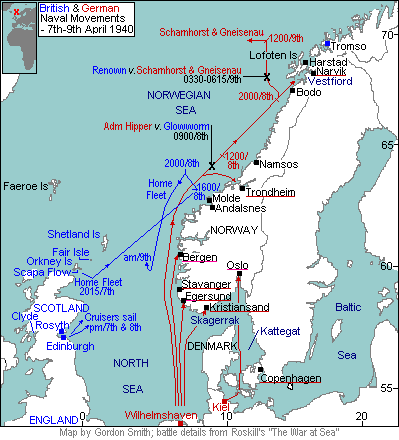
Disastrous Weather Analysis
Disastrous Weather Analysis
Disastrous Weather Analysis
THE EXTREME WEATHER IN THE WAR
SUPPLEMENT
1) Invasion of Poland (1939)
After the World War I, Germany wanted to recover its territory to boost the morale and suggested to get back Danzig, the city where German lived. But Poland denied so that Germany decided to plan to invade Poland. There were two conditions that Germany had considered.

Air Force moving to Poland
Source : German Federal Archive

Troops moving to Poland
Source : BBC News

Progress of battle
from September 1st to 14th
Source : Department of History, United States Military Academy
First thing to consider was short period of war not to give time for England, France, Russia and other countries to intervene.
Second thing was time to start the war. To use air force power, sky had to be clear so that bombing would be easy.
Germany predicted that September would be qualified because it rains the least throughout the year and sunny day makes the ground dry which is also good for mechanised forces to move easily.
2) Arctic war for accurate weather prediction (1940)
Greenland is near the Arctic and whether trough, which moves easterly from North-Atlantic Ocean, would strengthen or not is important in predicting weather change in Europe. Also in 1940s, there weren’t weather radars or satellites to predict cold fronts and storms in Atlantic Ocean so that making accurate weather prediction needed to get accurate weather observation data. Therefore weather predictors suggested to install weather observation station in near Norway Ocean or Greenland. Observed data in these region could predict north-central Europe weather for at least 48 hours almost accurately.

Cover of book
<Hitler’s Arctic War>
Source : Amazon


Movement of England and Germany during arctic war
Source : Naval history
In April 1940, when Germany attacked Denmark and Norway, the Allied Forces started to code the marks of weather observation because they were afraid of Germany to get these weather data. In opposite, to get weather data, Germany planted four meteorologists to Greenland but failed but made weather ship to be near Iceland and predicted weather of Arctic Ocean with bomber remodelled for meteorology.
To disturb others from getting weather data, Germany and the Allied Forces attacked each other. And finally England made Enigma to decode German’s code, the war could be ended.
3) Ploesti bombing (1943)
Ploesti was the important oil supplies base for Germany in World War II, therefore for the Allied Forces, bombing Ploesti was necessary to win the war. But they had air force base in north Africa as the nearest place to Ploesti. And also there is jet stream in upper atmosphere, where the wind blows strong from west to east all the year. So if B-24 bomber made by the Allied Forces meet the strong headwind, which blows adversely, then it would be dangerous and fail the plan. So to succeed the plan, strong wind should not blow after the bombing, there should be cloud to conceal the bomber, weather in Ploesti should be clear.

Air forces
in Ploesti bombing
Source : Army.mill

Ploesti Bombing1
Source : Gettyimages

Ploesti Bombing2
Source : Air Force historical support division
In these complex conditions, American air force did predict weather, did analyze climate statistics and weather chart data of 40 years of that region and finally reported that August 1st of 1943 is the best day to attack.
Surprisingly, all the weather conditions were accurately accord with predictions so the Allied Forces succeeded to destroy oil base in Ploesti. This successful bombing worsen Germany’s plan and led the Allied Forces to victory.
4) Normandy Invasion (1944)
The Allied Forces planned Normandy Invasion and asked officer to find appropriate weather and tide. The officer, who predict the weather statistics, suggested June 5th and 18th is suitable considering weather and tide.
Since continuous 3 Low pressures are coming to Strait of Dover on June 3rd, weather was being worse, captain of weather prediction announced that front is moving fast so that the weather would be nice from 5th afternoon to 6th afternoon. As a result, D-day had been delayed to 6th but on that day, the weather was bad.
At that time, German staff weather officer predicted that the Allied Forces would be hard to attack them and became careless about defense. In addition, German commander had gone the vacation to Germany. But staff weather officer of the Allied Forces knew that weather would be clear as time goes by, so the Allied Forces started Normandy Invasion and it was successful.

Photos of troops disembarking from boat
Source : < Andrew Jackson Higgins and the Boats That Won World War II
